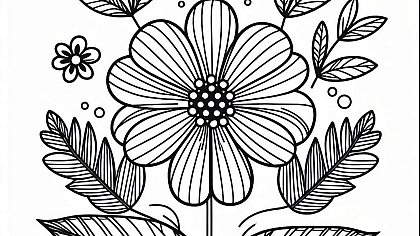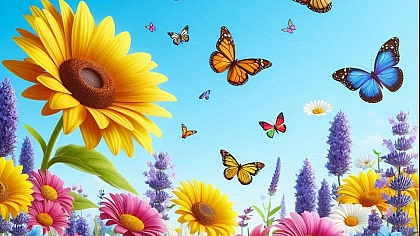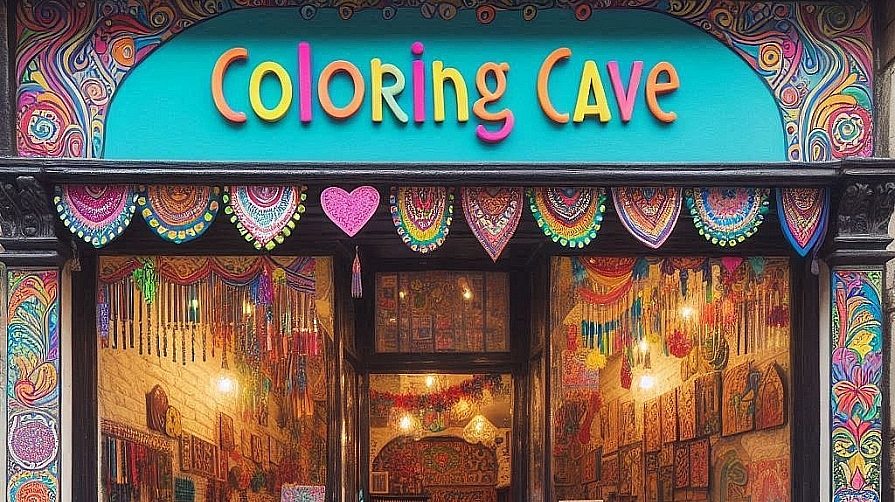
The Joy of Colouring: A Timeless Hobby for All Ages
Colouring is a creative and timeless activity that transcends generations. From childhood to adulthood, it offers both a playful and a meditative experience. Whether filling in the simple lines of a drawing or exploring intricate patterns, colouring allows people of all ages to engage in an enriching experience. It’s accessible to everyone, offering an opportunity for self-expression, relaxation, and creativity. The simplicity of this activity, paired with its versatility, makes it something that can be enjoyed in a variety of ways, across different stages of life.
The Universal Appeal of Colouring
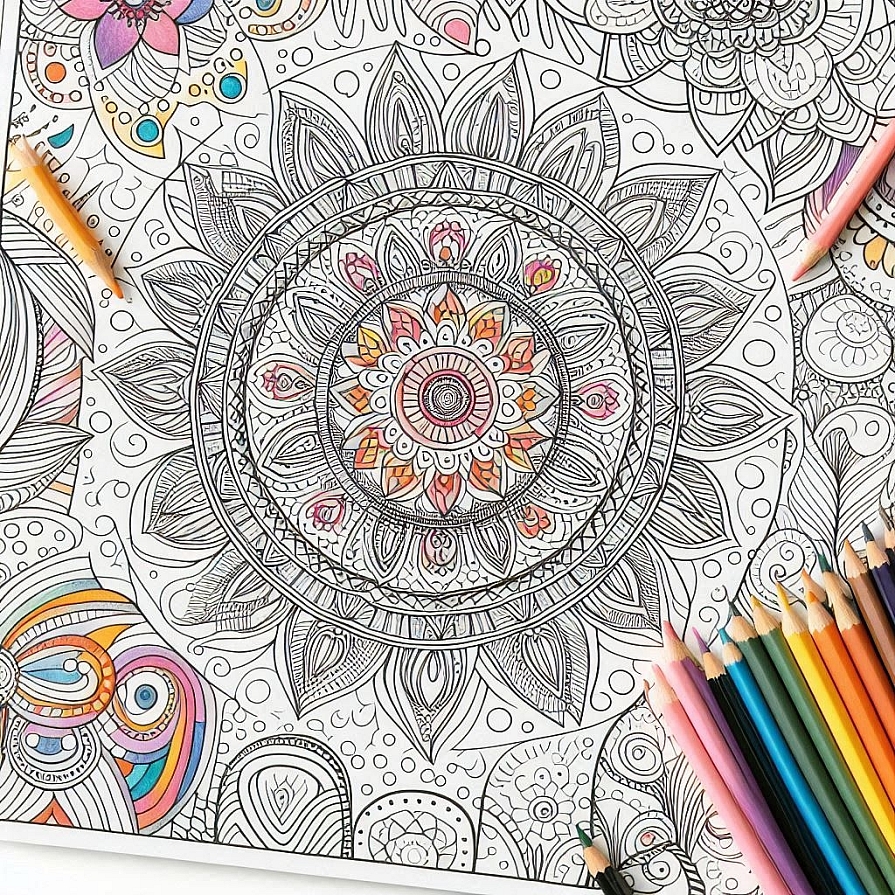
Colouring is an activity that doesn’t require any advanced artistic skills or specialized materials. The appeal lies in its simplicity and inclusiveness, making it an enjoyable hobby for anyone, regardless of age or skill level. Unlike drawing or painting, where one may feel the need to perfect techniques, colouring offers an immediate way to experience creativity without pressure. People can start with a basic colouring book, but as they gain confidence, they can experiment with different tools and techniques.
The appeal of colouring extends beyond the end result—it’s the process that many find rewarding. The act of filling in shapes with colour can be deeply satisfying, whether it’s creating a vibrant garden scene or an intricate geometric design. The freedom to choose your own colours, blend them, and create new effects fosters a sense of accomplishment. The simplicity of picking up a set of coloured pencils or markers and making a piece of art can be immensely fulfilling, providing a sense of creative agency and joy.
Colouring in Childhood Development
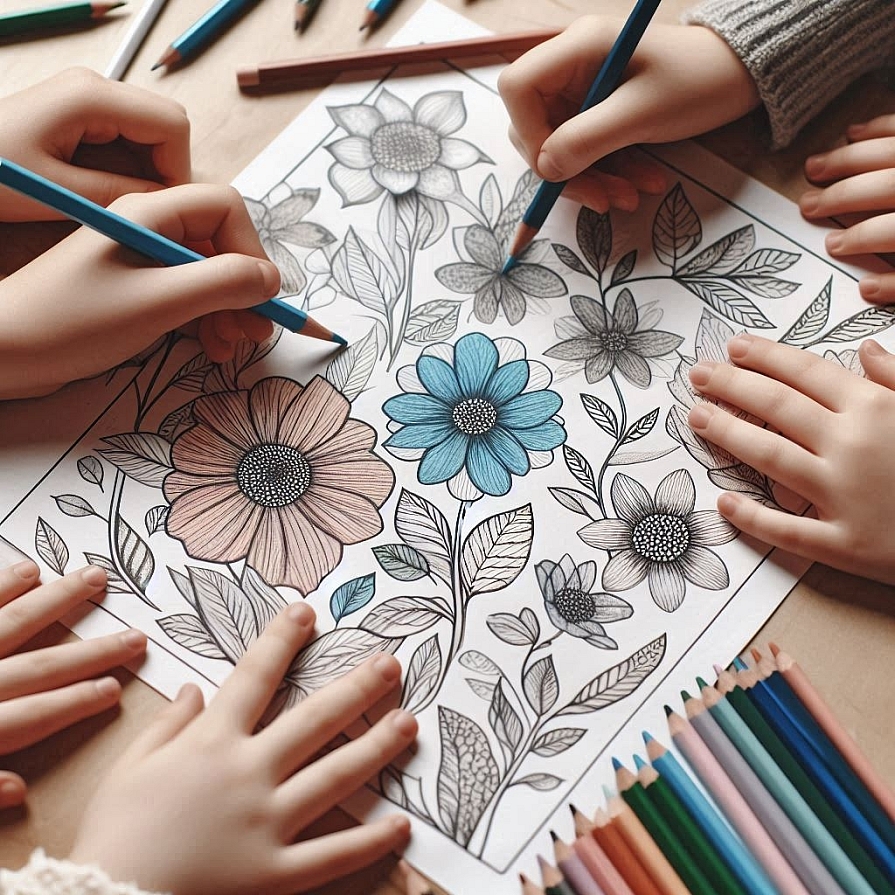
For children, colouring is more than just a fun pastime—it plays an essential role in early development. Using crayons, markers, or coloured pencils helps young children develop fine motor skills, as gripping and using these tools strengthen the hand muscles needed for writing. Staying within the lines or colouring outside them encourages hand-eye coordination, while the act of choosing colours helps children engage in decision-making and problem-solving.
Beyond the physical development, colouring is a powerful tool for fostering imagination. Children can explore colour combinations, experiment with different patterns, and express their ideas freely. A simple outline becomes a canvas for creativity, where no limitations exist on what colours can be used. This creative freedom boosts confidence and encourages children to think independently, paving the way for future artistic expression.
The Therapeutic Benefits of Colouring for Adults
Although often associated with childhood, colouring has significant benefits for adults as well. In today’s fast-paced world, where digital distractions and constant demands can overwhelm the mind, colouring provides a quiet retreat. It offers an opportunity to disconnect from the noise and focus solely on the creative task at hand.
Colouring requires a type of focus that encourages mindfulness, allowing the mind to relax while still engaging in a creative process. The act of choosing colours, blending them, and carefully filling in spaces can be deeply calming, helping individuals to slow down and reset. For those looking to escape the demands of everyday life, colouring offers a peaceful, creative space to unwind and express thoughts without judgment.
Exploring the Artistic Possibilities of Colouring

The possibilities within the world of colouring are endless, and as such, the activity can evolve into a more advanced form of artistic expression. Coloured pencils, markers, crayons, and pastels can all be used in unique ways to create varying effects. Whether someone is interested in realistic shading, bold and vibrant designs, or soft, blended colours, there is no limit to how one can approach colouring.
Each medium offers different techniques that enhance the artistic process. Coloured pencils, for example, are perfect for layering and blending to achieve depth, while markers are great for creating strong, clear lines. Pastels provide a softer, dreamier effect, ideal for blending and layering in abstract forms. Digital colouring has also opened up new dimensions for creativity, allowing colourists to work on intricate designs with the freedom of digital tools.
No matter the medium, the beauty of colouring lies in its adaptability. It allows each individual to explore their personal preferences and develop their unique style. Whether someone is colouring for fun, as a way to relax, or as a serious artistic endeavor, there’s always room for exploration and growth.
A Hobby for Everyone
The joy of colouring is universal. It doesn’t matter if you’re a child just learning to colour or an adult seeking a creative outlet—colouring offers something for everyone. It’s a low-cost, accessible hobby that provides an opportunity for self-expression and exploration. With endless tools and resources available, it is easy for anyone to start, and it can be enjoyed for a lifetime.
Colouring allows people to engage in a fulfilling, creative practice that offers moments of calm, satisfaction, and joy. As a pastime that has remained beloved across generations, it continues to bring new creative possibilities and connections, making it an activity that anyone can enjoy at any stage of life.

